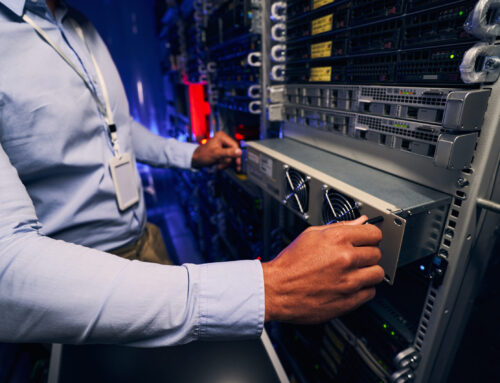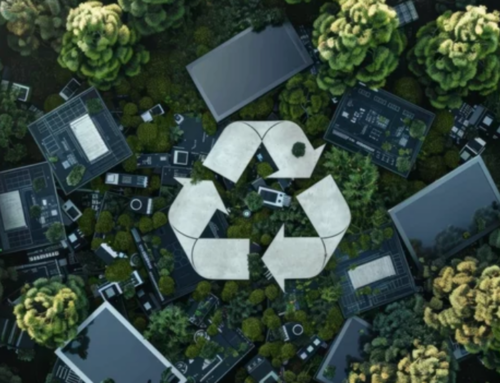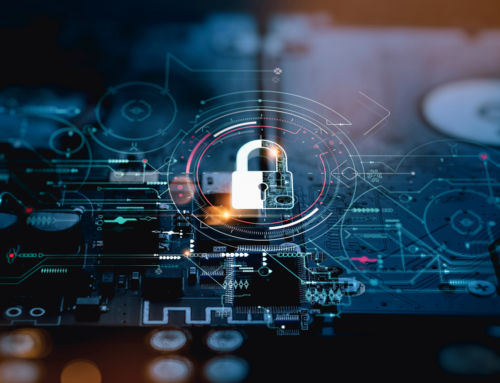No matter what kind of business or industry you work in, it’s hard to escape the constant influx of new innovations and technologies. Unfortunately, this rapid progression often leaves behind a trail of outdated IT equipment. While the business implications of this are evident, there’s a deeper environmental concern that often remains in the shadows. Let’s dive into the environmental repercussions of IT equipment and understand how refurbishing can mitigate these effects.
The Environmental Toll of IT Equipment
Manufacturing IT equipment is a resource-intensive process. Beyond the silicon that most people are familiar with, the production involves a wide array of metals, minerals, and chemicals. The extraction of these materials can lead to habitat destruction, soil and water pollution, and a significant consumption of energy. Furthermore, the global generation of electronic waste (e-waste) is a staggering 50 million metric tons annually, with IT equipment contributing a substantial portion. When not disposed of correctly, these discarded devices can release harmful chemicals into our environment. Additionally, the carbon footprint of IT equipment, especially when considering data centers, is immense. These centers alone consume about 1% of the world’s electricity, leading to vast CO2 emissions.
The Power of Refurbishing
Refurbishing is more than just a buzzword; it’s about breathing new life into IT equipment. The process involves cleaning, repairing, and updating used IT devices, extending their usability and lifespan. By opting for refurbishing, we can dramatically reduce e-waste. Instead of relegating a slightly outdated server or workstation to the scrap heap, refurbishing can rejuvenate it, making it relevant and functional once more. This not only conserves the resources that would have been used in manufacturing a new device but also curtails the energy consumption associated with production. In fact, refurbishing uses up to 85% less energy than producing a new device.
But what does refurbishing entail? Initially, IT equipment undergoes a thorough assessment to identify damages or issues, determining its suitability for refurbishing and remarketing, or recycling. This is followed by a meticulous cleaning and repair process. Components might be upgraded to enhance the device’s performance, ensuring it meets modern standards. One of the paramount concerns during this process, especially for IT professionals, is data security. Rigorous data wiping processes are employed to guarantee that no residual data remains on the device. After refurbishing, devices undergo stringent quality control tests to ensure they perform optimally.
The Bigger Picture: A Circular Economy
Refurbishing is a step towards a circular economy, where products are reused, repurposed, and recycled, minimizing waste and environmental impact. For IT professionals, this translates to tangible benefits which include:
- Cost Savings: Refurbished equipment is often more affordable than brand-new counterparts, without compromising on quality or performance.
- Green Branding: In an era where both consumers and businesses are increasingly environmentally conscious, using and endorsing refurbished equipment can significantly enhance a company’s eco-friendly image.
- Sustainable IT Ecosystem: A shift towards refurbishing paves the way for a sustainable IT ecosystem, where devices have extended lifecycles, and waste is minimized.
Embracing the Refurbishing Trend
Embracing refurbishing isn’t just an environmental decision; it’s a smart business move. Here’s how you can get started:
- Vendor Partnerships: Collaborate with vendors who offer refurbished equipment. Ensure they follow best practices in refurbishing, especially concerning data security.
- Internal Policies: Establish internal policies promoting the use of refurbished equipment. This could involve setting up a dedicated team to manage and oversee the refurbishing process.
- Educate and Advocate: Spread the word. Educate your team about the benefits of refurbishing, both from an environmental and business perspective. Advocate for its adoption in industry forums and groups.
As we navigate the dynamic world of technology, it’s imperative to consider the environmental footprints we leave behind. The allure of the latest tech should not blind us to the potential environmental hazards of discarding the old. Refurbishing offers a sustainable path forward, ensuring that while we embrace the new, we’re not discarding the old recklessly. For IT professionals, it’s an opportunity to lead the charge in creating a greener, more responsible tech landscape.
To learn about Summit 360’s approach to IT refurbishing, we invite you to explore our detailed process here.




